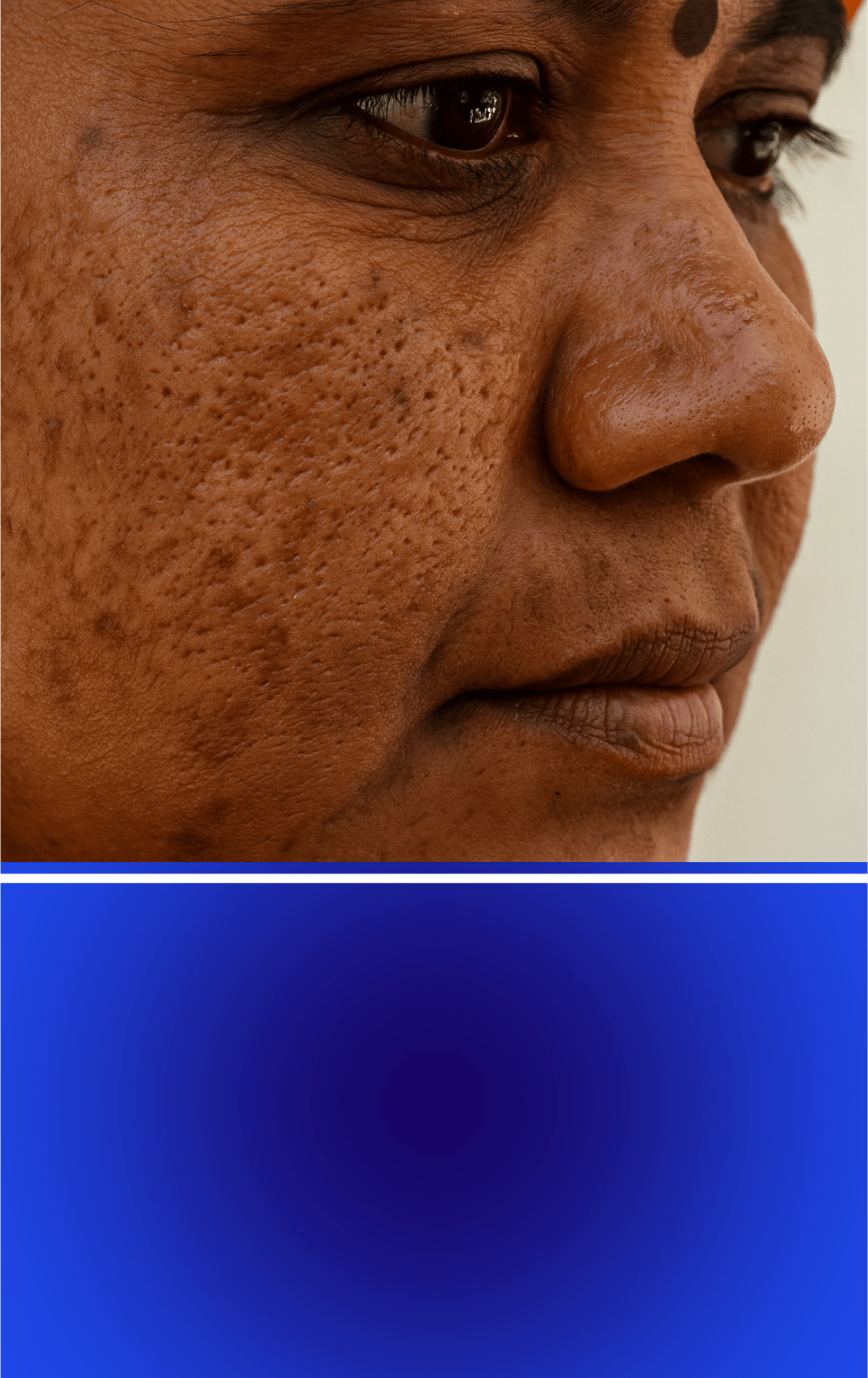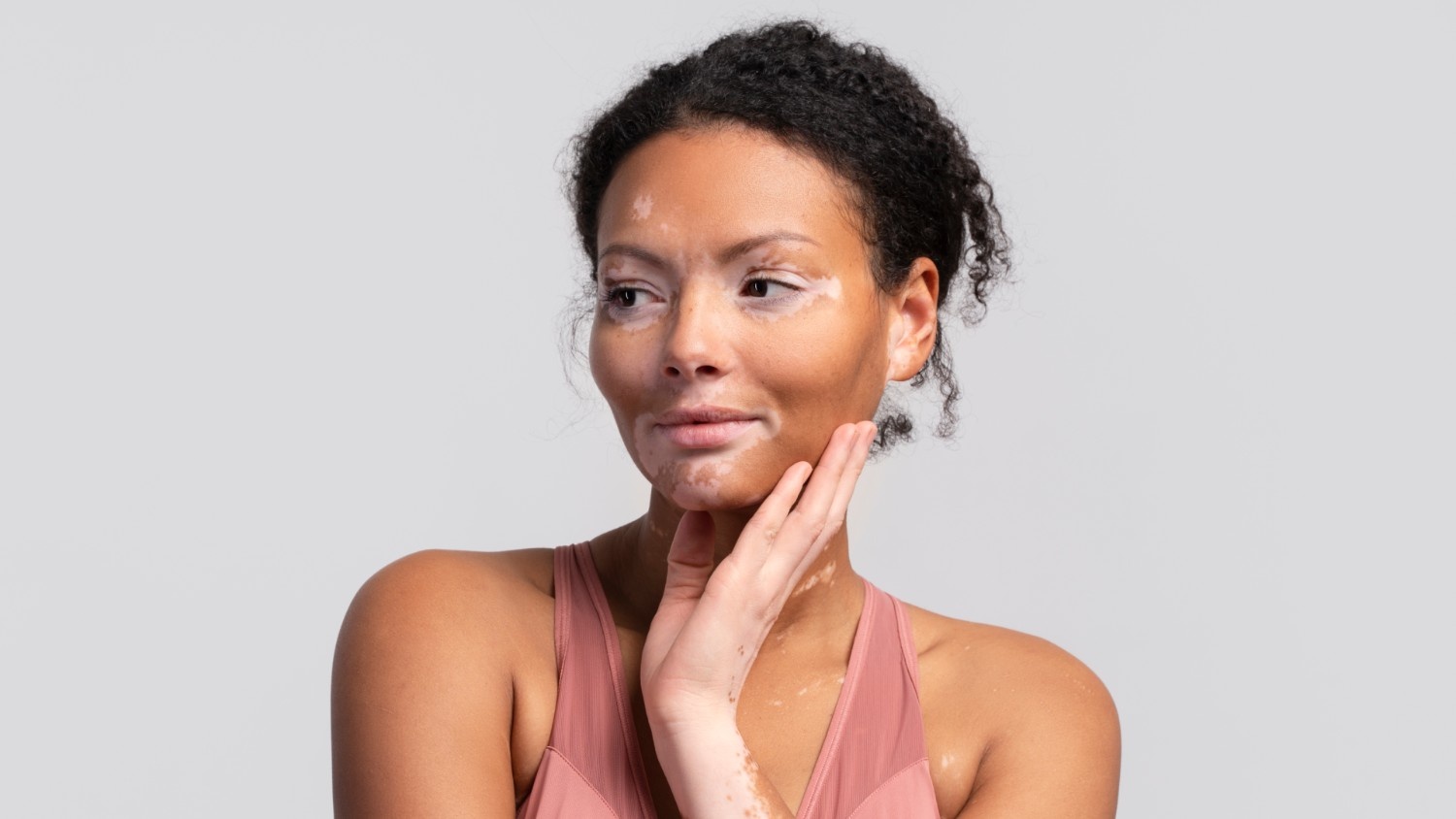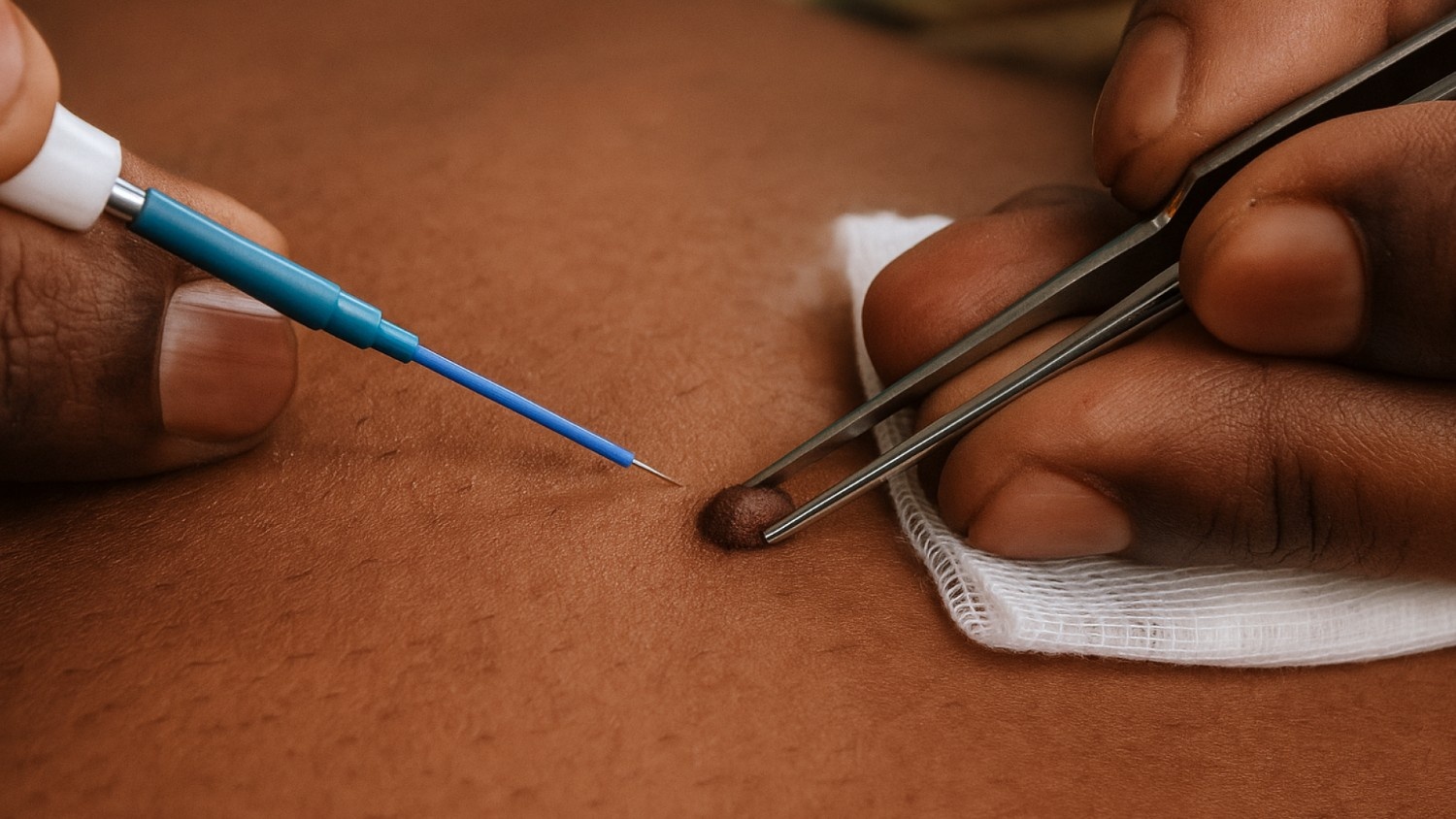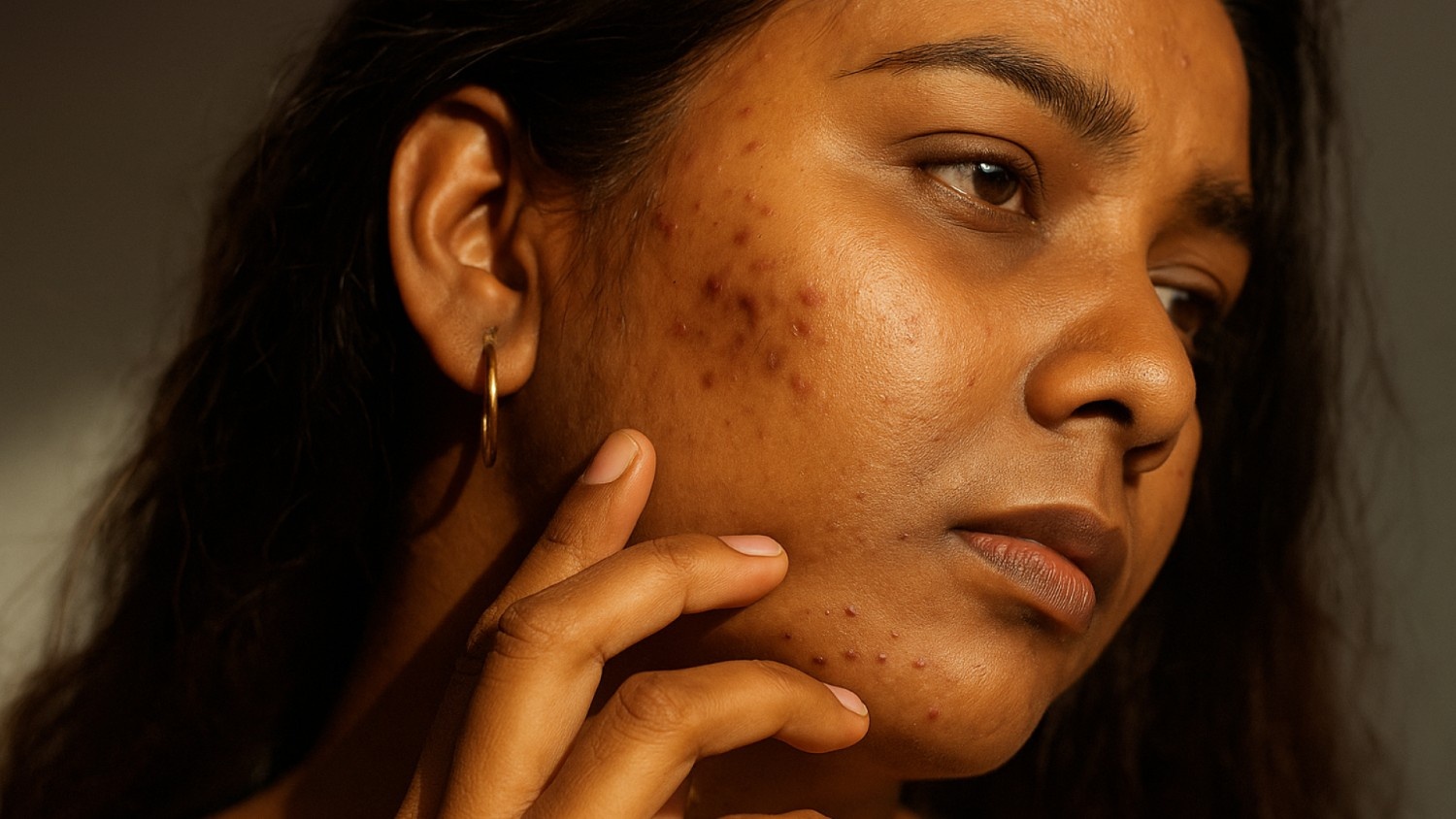Lip pigmentation, a common skin concern, refers to the darkening or discolouration of the lips. While it is often harmless, in some cases, it may indicate an underlying health issue.
The natural colour of our lips is a reflection of various factors, including genetics, environmental influences, and personal habits. Over time, lips may undergo pigmentation changes, which can be distressing for those affected.
Understanding the causes, characteristics, and treatments of lip pigmentation can help individuals make informed decisions about their skin health.
In this blog, we will explore the different causes of lip pigmentation, discuss effective at-home care, and provide professional dermatological solutions. We will also address when you should seek medical attention for lip discolouration, with guidance from Velantis Dermatology.
Overview
- Lip pigmentation can result from sun exposure, smoking, allergies, irritants, and nutritional deficiencies.
- Common triggers like UV damage and smoking can lead to pigmentation, but these are often reversible with proper care.
- In rare cases, pigmentation may signal an underlying health condition, necessitating medical evaluation.
- Dermatologist-guided treatments, including laser therapies, chemical peels, and topical solutions, can effectively treat persistent pigmentation.
- At-home care like moisturising, sun protection, and gentle exfoliation can help manage and prevent lip pigmentation.
What Is Lip Pigmentation vs. Discolouration?

It is important to understand the difference between pigmentation and discolouration before learning the causes and treatments of lip pigmentation.
Lip pigmentation refers to the darkening or increased colouration of the lips. It typically occurs when excess melanin, the pigment responsible for skin colour, accumulates in the lip area.
Discolouration, on the other hand, is any deviation from the natural colour of the lips, which could include lightening, redness, or patches of different colours.
Lip pigmentation can occur due to a variety of factors, both external and internal. These factors can range from benign causes like excessive sun exposure to more serious health-related conditions.
Indicators for Medical Evaluation
If lip pigmentation is accompanied by other symptoms, such as swelling, tenderness, or significant changes in colour, it may require medical evaluation. Persistent pigmentation that does not respond to at-home treatments or worsens over time should also be assessed by a dermatologist.
Prevalence in Different Skin Tones
The prevalence of lip pigmentation may vary across different skin tones. Individuals with darker skin tones may be more prone to hyperpigmentation due to higher melanin levels. However, individuals with lighter skin tones can also experience lip discolouration due to factors like sun exposure and irritants.
Having established the causes of lip pigmentation, let’s examine some everyday triggers that often lead to pigmentation but are typically benign.
Common Everyday Triggers (Often Benign)
Several everyday habits and environmental factors can contribute to lip pigmentation. While these causes are often benign, understanding them can help you prevent or manage lip discolouration.
1. Lip Care Products: Some lip balms, lipsticks, or lip glosses can contain chemicals or dyes that cause pigmentation when used frequently. These products may also lead to irritation or allergic reactions in some individuals.
2. Dehydration: Dry lips can often appear darker due to a lack of hydration, which can accentuate natural pigmentation.
Indicators for Medical Evaluation
If pigmentation is sudden and not linked to external products or dehydration, it may require further evaluation. Other signs, like soreness or irritation, may also indicate an allergic reaction or a health condition.
Also Read: Guide to Periorbital Dark Circles Treatment
Having discussed benign causes, we can now turn our focus to more significant external factors.
Sun Exposure and UV Damage
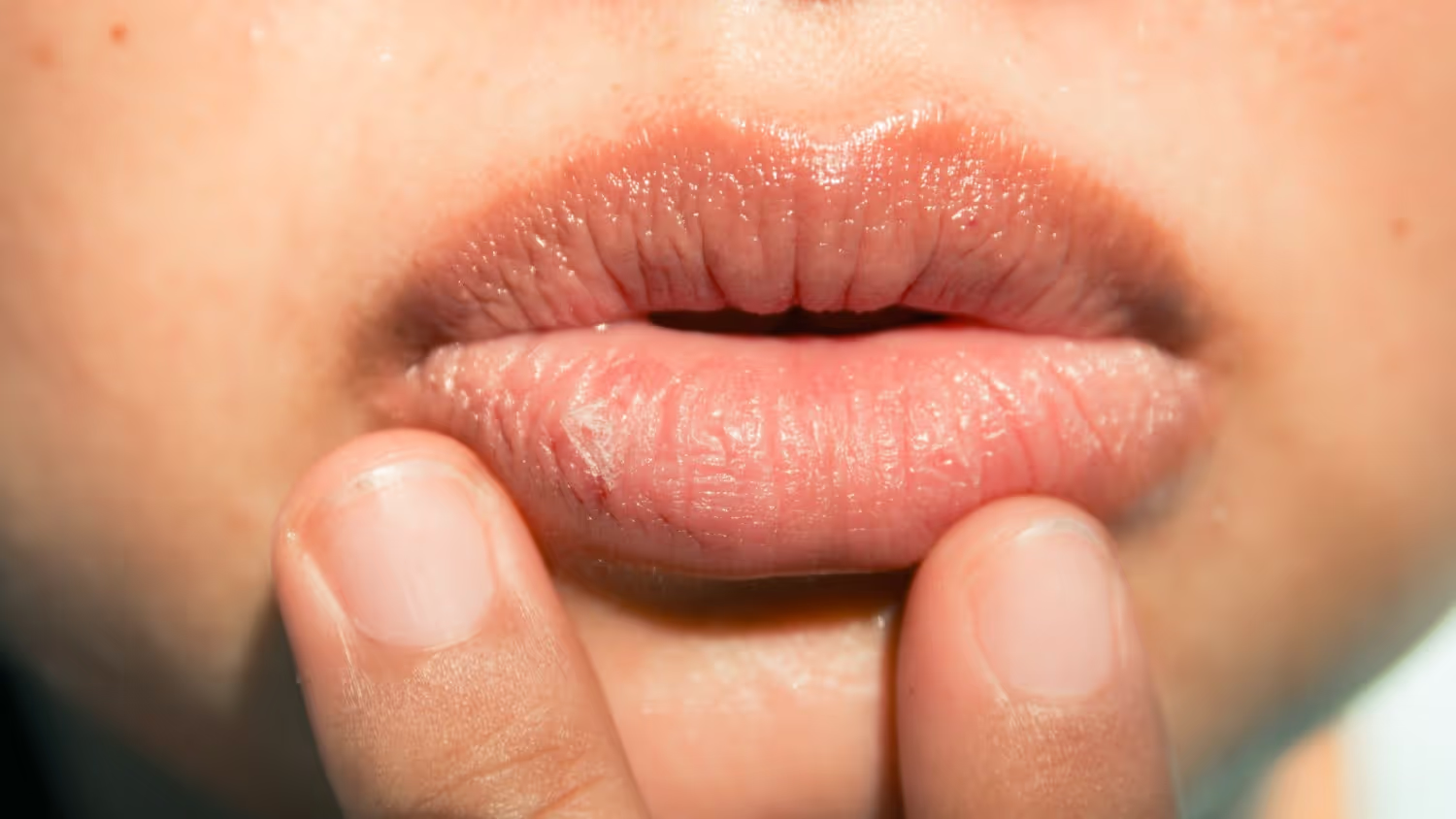
One of the most common causes of lip pigmentation is sun exposure. Ultraviolet (UV) rays can stimulate the production of melanin in the skin, leading to darkening or uneven pigmentation on the lips.
Prolonged sun exposure without proper lip protection can lead to UV-induced pigmentation, which is often seen in the form of dark spots or a general darkening of the lip area. This type of pigmentation is commonly referred to as "sunspots."
Indicators for Medical Evaluation
If you notice unusual dark spots or persistent pigmentation on your lips after sun exposure, it is important to consult a dermatologist. This may indicate a more serious condition, such as actinic keratosis, which requires medical attention.
Don't let lip pigmentation affect your confidence. Book a consultation with MD Dermatologist, Dr. Janani Sree C M, today and explore personalised treatment options to restore your lips' health.
Let’s now move on to another major cause of pigmentation, smoking and irritants.
Smoking and Irritants

Smoking is another significant contributor to lip pigmentation. The chemicals in cigarettes can cause darkening of the lips over time, often referred to as "smoker’s lips."
Nicotine and other chemicals in tobacco smoke damage the skin, leading to the accumulation of melanin and subsequent darkening of the lips. Additionally, frequent contact with irritants, such as harsh weather conditions, can further exacerbate pigmentation.
Indicators for Medical Evaluation
If pigmentation is accompanied by pain, swelling, or a sudden change in the texture of the lips, it could be indicative of an underlying health issue. A dermatologist should evaluate such changes for potential signs of precancerous conditions.
Let’s now discuss another cause of pigmentation, allergic reactions and irritants.
Allergic and Irritant Contact Cheilitis (Pigmented)
Cheilitis refers to the inflammation of the lips, often caused by allergens or irritants. When this inflammation leads to hyperpigmentation, it is called allergic or irritant contact cheilitis.
Allergic reactions to lip products, foods, or even environmental allergens can cause the lips to become inflamed and darkened. This pigmentation often appears in patches and may be accompanied by other symptoms like swelling, itching, or dryness.
Indicators for Medical Evaluation
If pigmentation is linked to allergic reactions or irritants, it is important to identify the source of irritation. Prolonged or severe cases should be evaluated by a dermatologist to prevent permanent pigmentation or scarring.
Also Read: Understanding Dermal Fillers
Now that we have explored common triggers and irritants, let’s check the medical causes that may indicate a more serious issue.
Medical Causes: When Lip Colour Signals a Health Issue

In some cases, changes in lip colour may signal a deeper health concern. Conditions like vitamin deficiencies, hormonal imbalances, and systemic diseases can affect lip pigmentation.
Medical conditions such as iron deficiency anaemia, Addison's disease, and hemochromatosis may cause the lips to become pale or darken abnormally. This type of pigmentation is often accompanied by other systemic symptoms, including fatigue or changes in appetite.
Indicators for Medical Evaluation
If lip discolouration is sudden, accompanied by systemic symptoms, or not linked to lifestyle factors, it is crucial to seek medical attention. A thorough evaluation can help diagnose underlying health conditions.
Let’s now shift focus to the role of nutrition in lip pigmentation.
Nutritional Factors and Deficiencies
Individuals with poor dietary habits or those with certain dietary restrictions may experience pigmentation changes.
A lack of essential nutrients can cause the lips to appear pale or develop dark spots. Vitamin B12 deficiency, for example, may lead to a condition known as "perioral pigmentation," where dark spots form around the mouth.
Indicators for Medical Evaluation
If lip pigmentation is accompanied by other signs of nutritional deficiencies, such as fatigue or pale skin, it's important to consult a healthcare provider.
Also Read: Difference Between Melasma and Hyperpigmentation
At-Home Care That Helps
While some causes of lip pigmentation require professional treatment, there are several at-home care practices that can help lighten dark lips and maintain lip health.
1. Lip Hydration: Dry, chapped lips can appear darker. Keeping the lips moisturised can help restore their natural colour.
2. Sun Protection: Using lip balm with SPF can prevent further darkening caused by sun exposure.
3. Gentle Exfoliation: Regular exfoliation with mild exfoliants can help remove dead skin cells and promote even lip tone.
Dermatologist-Guided Treatments
For persistent or severe lip pigmentation, dermatologist-guided treatments can offer effective solutions.
1. Laser Treatments: Lasers such as Q-switched lasers can target and break down excess melanin in the skin.
2. Chemical Peels: These treatments can help remove the outer layer of skin, revealing brighter, more even-toned lips.
3. Topical Prescriptions: Prescription creams containing hydroquinone or retinoids can help lighten pigmentation.
Concerned about underlying health conditions affecting your lip pigmentation? Schedule a Dermatology Consultation with Velantis Dermatology.
When to Seek Care (Red Flags and Follow-Up)
While most cases of lip pigmentation are harmless and can be managed with at-home care, there are certain instances when seeking professional care is necessary. If your lip pigmentation is sudden, persistent, or accompanied by other concerning symptoms, it is essential to seek a dermatologist’s expertise.
Red Flags for Medical Evaluation
Here are some key warning signs that may indicate a need for professional medical attention:
1. Sudden or Unexplained Change in Lip Colour: If your lips change colour unexpectedly or the pigmentation appears suddenly, especially if it occurs alongside other symptoms like pain or swelling, it may indicate an underlying health issue.
2. Pain or Tenderness: If the darkened areas of your lips are painful, inflamed, or tender to touch, this could be a sign of an allergic reaction, infection, or more serious dermatological condition requiring treatment.
3. Worsening of Symptoms: If the pigmentation worsens over time despite using sun protection, moisturising, and gentle exfoliation, or if the discolouration spreads, it's time to seek medical evaluation.
4. Changes in Lip Texture: If your lips become rough, cracked, or develop a scaly texture, this may be a sign of cheilitis (lip inflammation) or another condition that requires dermatological intervention.
5. Accompanying Systemic Symptoms: When pigmentation is accompanied by fatigue, unexplained weight loss, or other signs of illness such as changes in appetite, it could be related to a health issue like a nutritional deficiency or a more serious systemic disorder.
6. No Improvement from At-Home Care: If home remedies and over-the-counter treatments (such as moisturising, exfoliation, or sun protection) do not improve the pigmentation, a more targeted treatment plan may be required.
If any of these red flags are present, do not hesitate to schedule a consultation with a dermatologist, such as Dr. Janani Sree C M, at Velantis Dermatology.
Early intervention can prevent the condition from worsening and may help identify any underlying health conditions.
How Velantis Can Help You
At Velantis Dermatology, we offer expert guidance and treatment options for lip pigmentation. Dr. Janani Sree C M and our dedicated team of professionals provide personalised consultations to help you achieve healthy lips.
Conclusion
Lip pigmentation, though common, can be a complex issue influenced by multiple factors, from everyday triggers like sun exposure to underlying health concerns. Whether you are experiencing pigmentation due to external causes or medical conditions, Velantis Dermatology is here to guide you through safe, evidence-based treatments.
Book your consultation with Dr. Janani Sree C M today to discuss your lip pigmentation concerns and explore the best treatment options for you.
FAQs
Q1. What causes lip pigmentation?
A1. Lip pigmentation can be caused by various factors, including sun exposure, smoking, allergies, irritants, and nutritional deficiencies.
Q2. Can lip pigmentation be treated at home?
A2. Yes, mild lip pigmentation can often be managed with at-home care such as moisturising, using SPF lip balms, and gentle exfoliation. However, if pigmentation persists or worsens, it is essential to seek professional dermatological treatment for a tailored solution.
Q3. How long does it take to treat lip pigmentation?
A3. Treatment time depends on the cause and severity of the pigmentation. While some at-home remedies may show results within a few weeks, more persistent cases may require professional treatments such as chemical peels or laser therapy, which may take several sessions to achieve visible results.
Q4. Is lip pigmentation a sign of a serious health condition?
A4. While most cases of lip pigmentation are benign, it can sometimes indicate underlying health issues, particularly if it is sudden, accompanied by other symptoms, or does not improve with standard treatments.
Q5. Are there any natural remedies for lip pigmentation?
A5. Natural remedies like aloe vera, honey, and lemon juice are often used to lighten lips. However, these treatments may not be as effective as medical options, especially for deeper pigmentation.
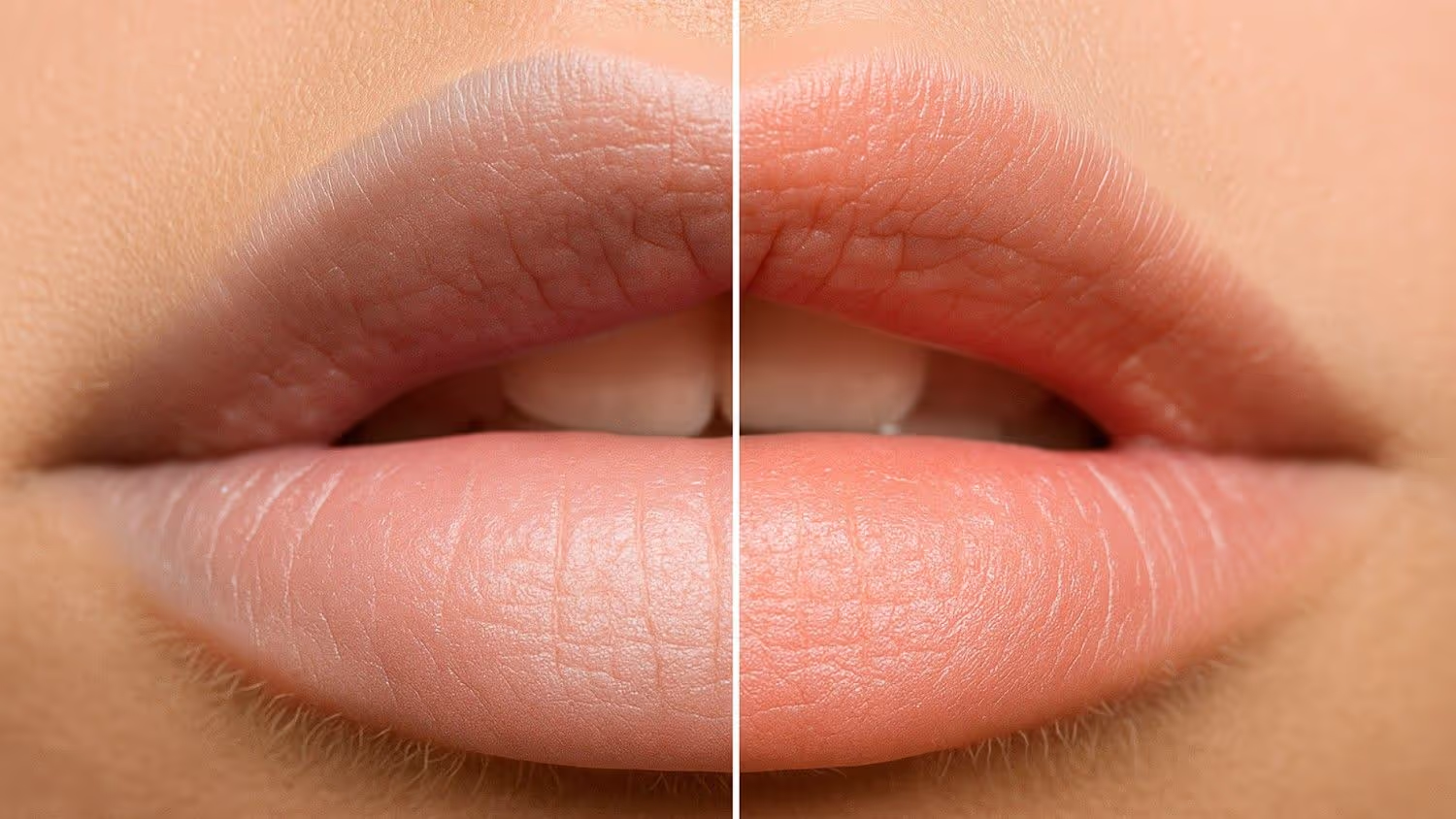

.png)
